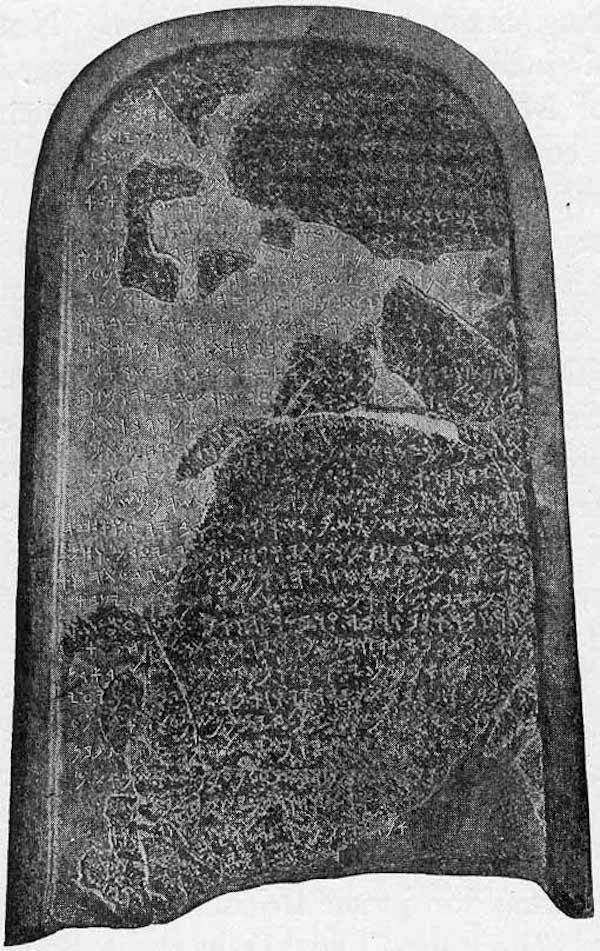Researchers believe that the altar dates back to a time after Mesha, king of Moab, successfully led a rebellion against the Kingdom of Israel, and conquered ancient Ataroth which was then under Israel’s rule.
The altar that was uncovered shows two distinct inscriptions: one is a text in the ancient Moabite language, which is very similar to Hebrew, and the other is numerals written in Hieratic, an ancient Egyptian writing system. Archaeologists believe that these inscriptions may describe the events of the Mesha-led rebellion.
The 2,800-year-old inscriptions are still being deciphered by archaeologists, but researchers agree that one of the two writings on the ancient altar seems to be about bronze treasures that were pillaged after Mesha’s takeover of Ataroth.

“One might speculate that quantities of bronze looted from the conquered city of [Ataroth] at some later date were presented as an offering at the shrine and recorded on this altar,” researchers noted in the paper about the altar’s discovery that was published in the journal Levant.
The second part of the inscriptions proved more difficult to read by scientists, but the translation seems to write that “4,000 foreign men were scattered and abandoned in great number.” Another part of the text written in Moabite cites “the desolate city,” possibly a reference to the fallen Ataroth.
The uncovering of the inscribed ancient altar is significant given that the rebellion and subsequent conquest of Ataroth by King Mesha is mentioned in the Hebrew Bible.

In it, King Mesha is said to have been obligated to provide the Kingdom of Israel a tribute of thousands of lambs along with vast quantities of ram wool. Eventually, King Mesha rebelled against the Kingdom of Israel’s control and seized Ataroth.
Moab was an ancient kingdom located in the southern part of modern-day Jordan.

The first interaction between Moab and the Kingdom of Israel is believed to have occurred in 1452 BC. Later, the Kingdom of Moab, under the rule of King Eglon, attacked the Israelites, leading to eighteen years of Israel paying tribute to Moab. It wasn’t until Israel’s King David =conquered Moab that the latter would have to pay tribute to the Kingdom of Israel instead.
Incredibly, the ancient altar, which had been originally discovered on the excavation site of Khirbat Ataruz back in 2010, is not the first historical relic unearthed by scientists that mentions King Mesha’s rebellion.
In 1868, an ancient relic known as the Mesha Stele — an inscribed three-foot-tall black basalt stone tablet that dates back to 9th century B.C. — was dug up in Dhiban, Jordan. Since its discovery, researchers have been trying to decipher the ancient writing on the tablet which is also in Moabite.
Some archaeologists claim that the inscriptions on the Mesha Stele talk about how King Mesha ravaged the city’s inhabitants during his conquest of Ataroth, and the existence of a biblical figure known as King Balak. However, the severe damage on the ancient tablet has caused much of the writing on it to be illegible, so historians and biblical experts have tempered interpretations of the Mesha Stele.
Similarly, researchers involved in studying the ancient stone altar note that much “remains unclear about this inscription.” Nevertheless, the newly discovered inscriptions, the study acknowledges, provide “a new important historical witness” to the time of kingdoms past.